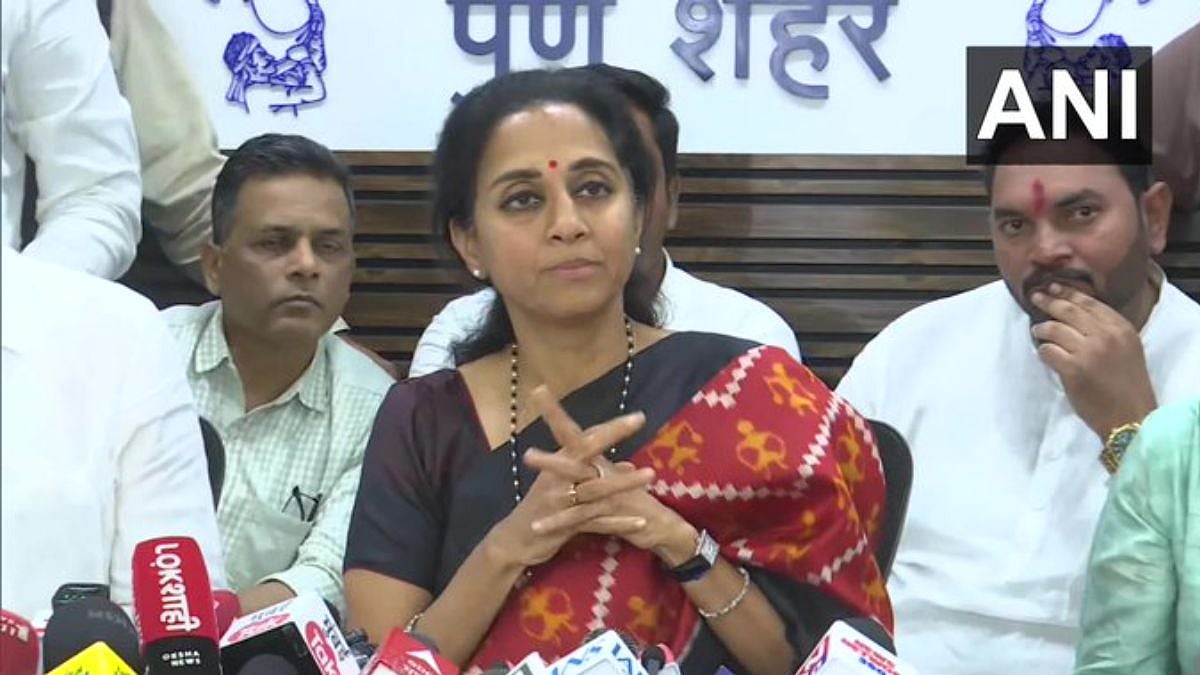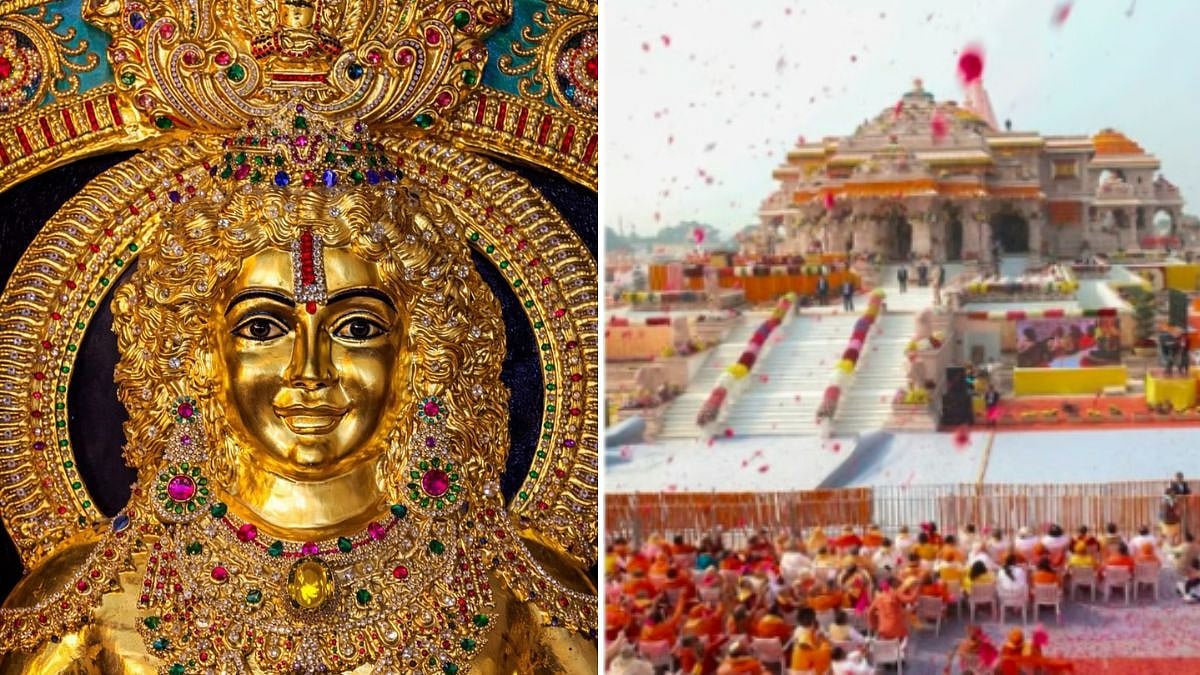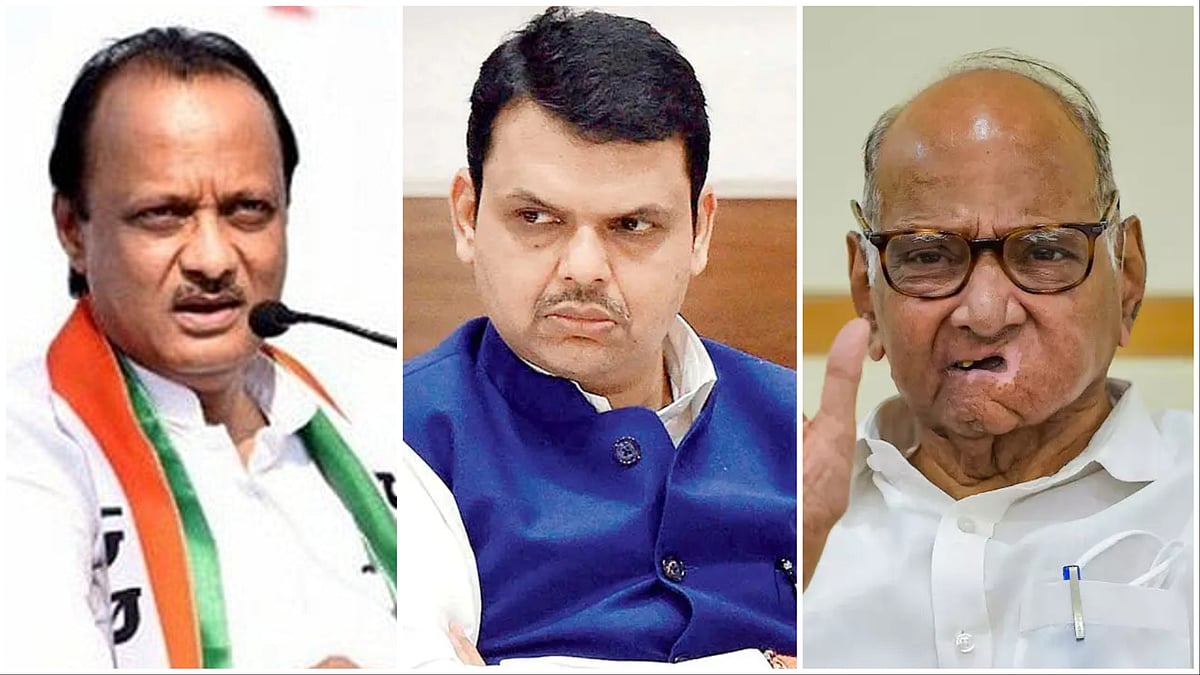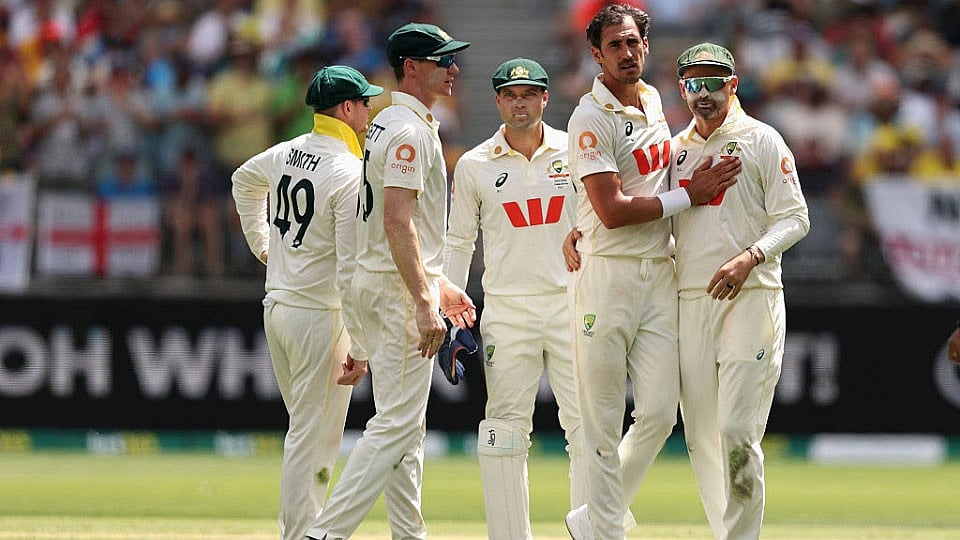In his two period novels, which will hopefully expand into a long-running series, Vaseem Khan has created a wonderful character Persis Wadia – the first female police officer in newly independent India – who bears the brunt of male hostility, as all women did when they stepped out of traditional roles.
In the first book, Midnight At Malabar House, a press report says, “The commissioner's experiment in catapulting a woman into the service might well mirror our fledgling republic's forward-thinking ideals. But what he has failed to consider is that in temperament, intelligence and moral fibre, the female of the species is, and always will be, inferior to the male.”
Her father, a bookseller, is always supportive, though her dead mother's sister, Aunt Nussie, is constantly nagging her to get married and behave in a more feminine manner. Persis is aware that she has none of these traits. She went for the then unusual choice of career, because she was told she was not allowed to.
She is told by a senior, “You are an ambitious woman. But ambition has been known to sink nations. ”To which Persis retorts, “is ambition a virtue in a man and a vice in a woman?”
She is dumped into a department for disgraced cops, and even there, her male colleagues are unfriendly, the press snapping at her heels, waiting for her to make a mistake; when she is seen in public in her uniform, people stare, her subordinates as well as witnesses prefer to speak to her male partner. However, when she investigates diligently and risks her life to solve cases, the men are quick to take credit.
In the second book, The Dying Day, she is still to be fully accepted. “At times she felt like a mythical creature, a mermaid or a fabulous Garuda bird.” As Khan writes, when she trained at the police academy, “the lone woman in a sea of men, many of them happy to make a pass at her, but unwilling to acknowledge her as their equal even when staring dazedly up at her after she'd just flipped them on to the training hall mat.” As her boss says, if she were male, they would be pinning medals on her.
In reality, it was decades later in 1972, that Kiran Bedi became the first Indian female to become an officer in the Indian Police Service – the only woman in a batch of 80 men in the police academy. She was considered both an oddity and an inspiration. Many commercial films were made with female cops as protagonists – in Telugu cinema.
Kanchan Chaudhary Bhattacharya, the second IPS officer after Bedi, was the inspiration behind the memorable TV serial Udaan, written and directed by her sister, Kavita Chaudhary, who also played the lead.
Have things changed all that much for women? Going by fictional characters in books, Michael Connelly created a fabulous female cop, Renée Ballard, who is one of a kind. Starting with The Late Show, she has now appeared in four novels and has a sharper edge. Ballard resisted sexual harassment from a senior and filed a complaint against him. As it happens so often, her partner did not support her, the man was not punished, but she was fired from the elite Robbery Homicide Division and sent to another police station, permanently on the night shift – the late show as the cops call it. She is a brilliant investigator, but more often than not, when she is called out to a crime scene, she is told to make a preliminary report and hand over the case to the male detectives, who are not half as smart or persistent as she is in closing cases.
After her demotion, she becomes reckless, tends to ignore orders and pursues cases which are not even assigned to her. She takes undue risks and is constantly being pulled up for breaking department rules.
In the latest book, The Dark Hours, she solves two difficult cases on her own time, and risks her life twice, for which she is reprimanded by the department and suspended. Renée Ballard is a natural successor to Connelly's other iconic character, Harry Bosch, who throughout his career as a police detective, was a loose cannon. Now retired, he offers Ballard support just to pass his time, and together they take on dangerous criminals – he brings his memory and knowledge of old cases to the table to match her energy and strong sense of justice.
Interestingly, Renée Ballard was based on a real character, Mitzi Roberts. According to an LA Times piece by James Queally, “In recent years, Roberts became the inspiration for Renée Ballard, the newest protagonist to grace the pages of Michael Connelly's best selling novels. Ballard, who shares Roberts' real-life love of surfing, knack for swift verbal jabs and dogged dedication to the job, is more than just a passing interest for Connelly. According to the author Ballard could one day replace Harry Bosch, the beleaguered LAPD detective who appears in 22 of his novels…
“Roberts' and Ballard’s dual ascents come at a time when representation of women in popular culture has been a focal point for authors and screenwriters. Female protagonists have been championed in the burgeoning superhero universe with films like Wonder Woman and Captain Marvel, but the crime fiction community has at times struggled with issues of inclusion. Although the genre's stigma as a haven for brooding, chain-smoking detectives and damsels in distress is long outdated, its most famous characters are still often white men. Female protagonists like Lisbeth Salander, Kay Scarpetta and Tess Monaghan have become increasingly popular in suspense and thriller genres; but experts say it's still significant for someone of Connelly's stature to choose to write from a woman's perspective.”
Connelly probably realised that if he wanted to grab the attention of younger readers, the crusty old Bosch would have to be retired. As he said, “I probably shouldn't admit this, but I have a 21-year-old daughter who doesn't read my books, and I think it's because they're about this loner male, so how does she relate? I did think while I'm writing this that maybe I'm starting a series that my daughter could get into.”
The female cop is appearing increasingly in Indian OTT shows, if not in crime fiction – Shefali Shah in Delhi Crime, Lara Dutta in Hundred, Richa Chadha in Candy and Raveena Tandon in the recent Aranyak (to name a few) get into uniform and fight crime, while balancing their family responsibilities with the demanding job. In reality, only 10 per cent of the Indian police force is female and in the US, the percentage is reportedly 12.6. Law enforcement remains a men's club.










